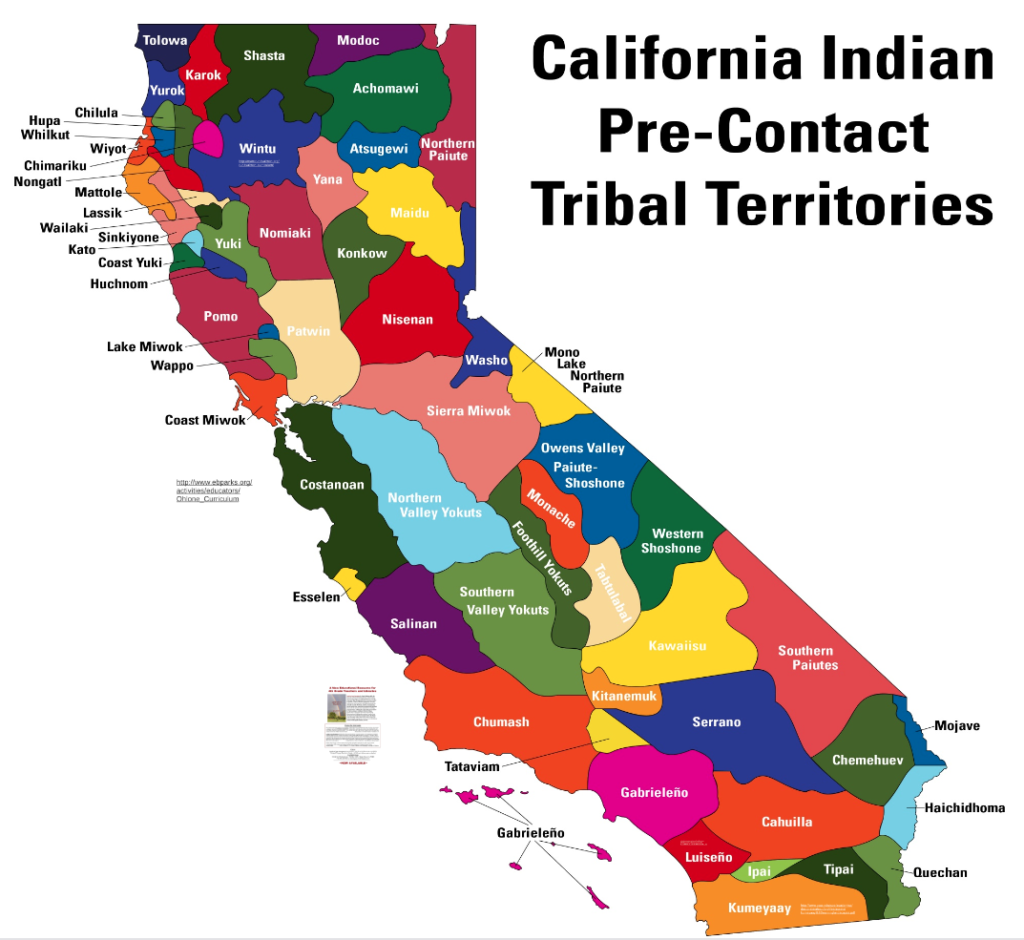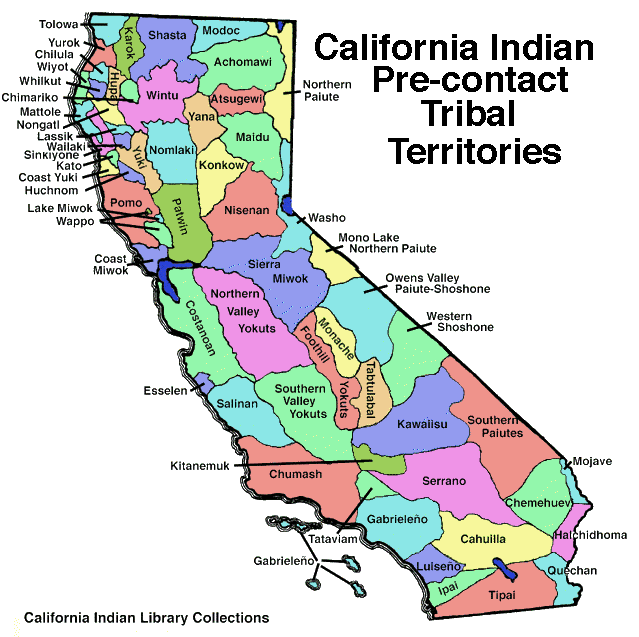
Beyond the Gold Rush: The Resilient Heartbeat of California’s Native Nations
California, a land synonymous with golden dreams, technological innovation, and a vibrant, diverse population, often presents a narrative that begins with the Spanish missions or the Gold Rush. Yet, beneath the layers of settler history lies a deeper, more enduring story – one of the original inhabitants, California’s Native nations. Far from being relics of the past, these communities are dynamic, sovereign entities actively shaping their future, reclaiming their heritage, and confronting the profound challenges of history with remarkable resilience.
Before the arrival of Europeans, California was one of the most densely populated and linguistically diverse areas in North America. An estimated 300,000 Native people, speaking over 100 distinct languages from more than 60 language families, thrived across the varied landscapes, from the redwood forests of the north to the desert expanses of the south. These were sophisticated societies, with intricate social structures, sustainable land management practices, and rich spiritual traditions deeply intertwined with the natural world. Their economies were based on hunting, fishing, gathering, and sophisticated trade networks.

The Spanish mission system, established in 1769, marked the beginning of an era of devastating change. Native peoples were forcibly removed from their lands, subjected to forced labor, cultural suppression, and disease. This was followed by the Mexican period and then, most catastrophically, the American Gold Rush in 1848. The influx of fortune-seekers and settlers brought a genocidal campaign, sanctioned and even funded by the state government, that saw the Native population plummet by an estimated 90% within a few decades. Thousands were murdered, enslaved, or driven to starvation and disease. As one historian noted, "The California genocide was not an isolated incident but a systematic extermination driven by greed for land and resources."
Despite this horrific period, California’s Native people survived. They adapted, resisted, and held onto fragments of their languages, ceremonies, and knowledge, often in secret. The late 19th and early 20th centuries saw the establishment of small, often inadequate, reservations and rancherias, while federal policies swung from assimilation (forcing Native children into boarding schools) to termination (ending federal recognition of tribes). The latter, particularly from the 1950s to the 1970s, was a significant blow, stripping many California tribes of their land and sovereignty.
However, the tide began to turn with the Self-Determination Era, ushered in by the Indian Self-Determination and Education Assistance Act of 1975. This pivotal legislation allowed tribes to take greater control over their own affairs, manage federal programs, and begin the arduous process of rebuilding.
The Economic Engine: Gaming and Beyond
Perhaps the most visible sign of Native American resurgence in California has been the rise of tribal gaming. Following the landmark 1987 Supreme Court ruling in California v. Cabazon Band of Mission Indians, which affirmed tribal rights to operate gaming enterprises free from state interference, and the subsequent passage of the Indian Gaming Regulatory Act (IGRA) in 1988, many California tribes seized the opportunity. Today, over 70 tribes operate more than 60 casinos across the state, generating billions of dollars in revenue annually.
"Gaming was never the goal, but it became the most powerful tool we had to achieve self-sufficiency and restore our communities," explains John Smith (a hypothetical name for a tribal leader, representing common sentiment), Chairman of a prominent Southern California tribe. "Before gaming, our people faced unemployment rates of 80-90%, chronic poverty, and despair. Now, we have healthcare clinics, schools, housing, and robust cultural programs."
The economic impact extends beyond tribal members. Tribal casinos are major employers, creating tens of thousands of jobs for both Native and non-Native people. They also contribute significant revenue to local and state governments through various compact agreements and taxes. Many tribes, once struggling to provide basic services, now invest heavily in infrastructure, education, elder care, and cultural preservation. They have diversified their economies, moving into areas like hospitality, agriculture, energy, and technology.
However, the path to prosperity is not uniform. Not all tribes have lands suitable for gaming, and some choose not to pursue it. Even for those with successful casinos, the challenges of managing rapid growth, navigating complex regulatory environments, and addressing social issues that sometimes accompany wealth (like increased gambling addiction or internal political strife) remain significant.

Cultural Resurgence: Reclaiming Identity
While economic development provides the means, cultural revitalization is the soul of the modern Native California experience. For generations, traditional languages, ceremonies, and practices were suppressed. Now, tribes are investing heavily in their revival.
Language immersion programs are flourishing, with elders teaching younger generations the words and wisdom of their ancestors. "Every word we reclaim is a victory against historical trauma," says Sarah Brown (hypothetical name), a Kumeyaay language teacher. "It connects us directly to our ancestors and helps us understand who we truly are." Traditional arts – basket weaving, pottery, regalia making – are experiencing a renaissance, with artists blending ancient techniques with contemporary expressions. Annual gatherings, powwows, and ceremonies, once held in secret, are now public celebrations of heritage.
The concept of "Land Back" is also gaining momentum. While not always about literal ownership transfer, it encompasses a broader movement to restore Indigenous stewardship over ancestral lands, allowing tribes to manage natural resources according to traditional ecological knowledge (TEK). California tribes are increasingly partnering with state and federal agencies on land management, wildfire prevention, and environmental conservation, leveraging their deep, generational understanding of the land and its ecosystems.
Challenges and the Path Forward
Despite the progress, significant challenges persist. Many California tribes still lack federal recognition, denying them access to critical federal funding and programs. Poverty, health disparities, and the lingering effects of historical trauma continue to impact communities. Stereotypes and misconceptions about Native Americans, often fueled by the casino industry, persist among the general public.
Political advocacy remains crucial. Tribes are increasingly engaged in Sacramento and Washington D.C., lobbying for policies that support tribal sovereignty, protect sacred sites, and address historical injustices. They are a powerful, unified voice on issues ranging from environmental protection to healthcare access.
The future of California’s Native nations is being shaped by a new generation of leaders – educated, culturally grounded, and fiercely determined. They are navigating the complexities of modern society while honoring the wisdom of their ancestors. They are entrepreneurs, lawyers, artists, educators, and environmentalists, all committed to ensuring the continued vitality of their people.
As California looks to its future, it cannot ignore its past. The story of its Native nations is one of immense suffering, but also of extraordinary resilience, adaptation, and an unwavering commitment to identity. From the devastation of the Gold Rush to the thriving communities of today, California’s Indigenous peoples stand as a testament to the enduring human spirit, a vibrant, integral part of the state’s complex and evolving identity, reminding everyone that they are, indeed, still here.


